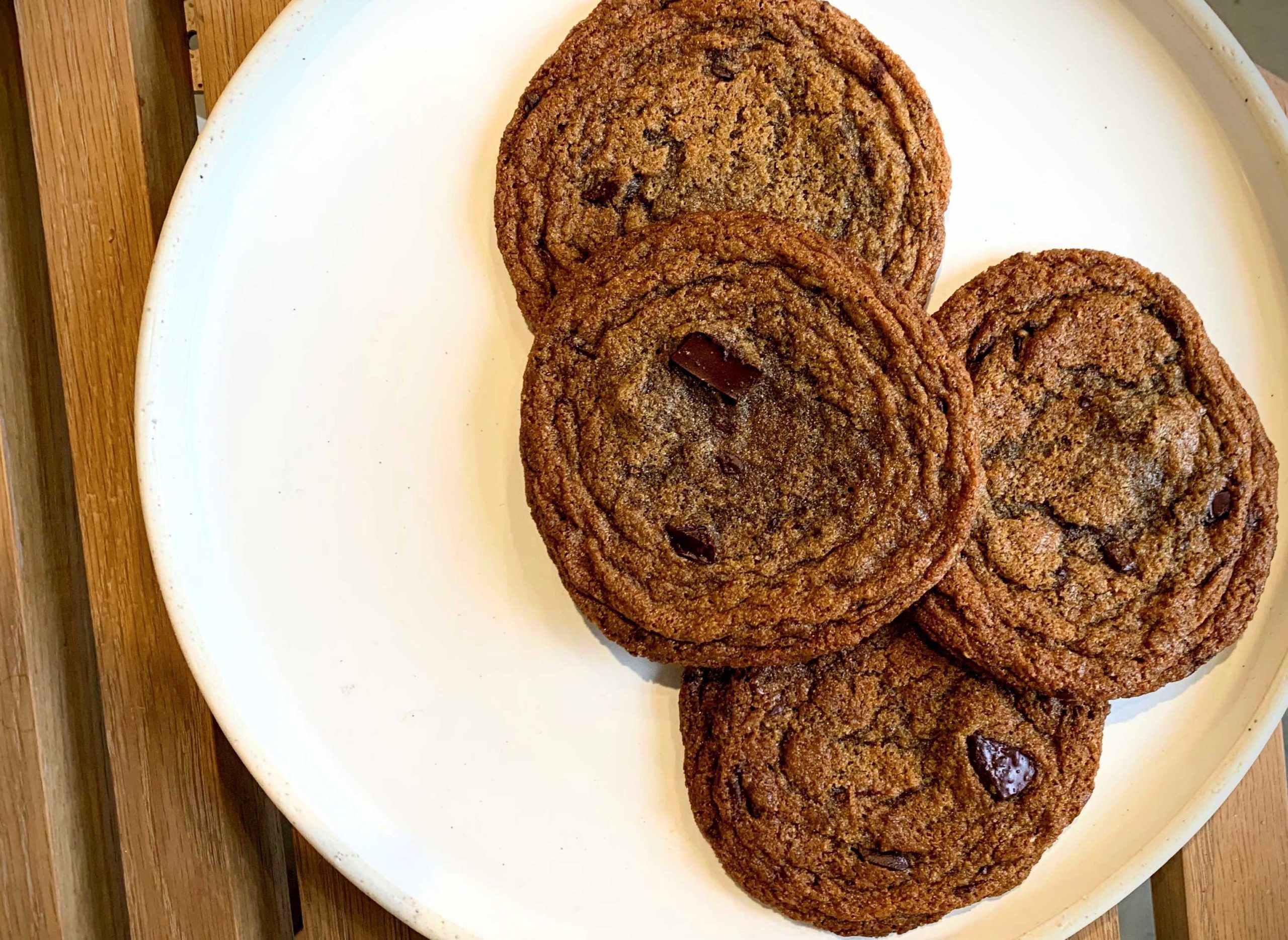So you, like many others during this quarantine, want to start making sourdough bread. But where do you start? The starter is the first and arguably the most important step to making sourdough. An active starter allows for greater fermentation of the dough, producing a big, tangy loaf that offers many health benefits.
Although we love giving our starter to as many sourdough enthusiasts as possible, we believe making your own starter teaches you a lot about the science behind sourdough and the care your starter needs in order to produce delicious bread. By making your own starter, you gain a better understanding of feeding frequency, temperature, and the activity levels of your starter – because every starter is unique – and this will only help you in maintaining your starter down the road.
To make your own starter, all you need is a week’s time, flour, water, a kitchen scale and a couple jars or clear containers. Sourdough starter utilizes wild yeast in the flour, air and water to create a ‘mother dough’ or sourdough starter.
Making a Sourdough Starter
Day 1
In a clear glass jar or plastic container, combine 50 g of Prairie Hard Red flour with 50 g room temperature water. Mix thoroughly with a wooden spoon or clean hands. Let sit for about 24 hours at room temperature, covered with a cheesecloth or towel.
Day 2
You may notice some activity the next morning. If your starter smells a bit acidic or looks like it has bulged a bit, these are good signs. If not, it may just require another day or two. Add 50 g of Prairie Hard Red flour and 50 g room temperature water to the mixture. Combine thoroughly.
Day 3
The mixture should have grown to about double the size of yesterday’s mixture. Some bubbles may have also formed on the surface. The starter should also begin to smell acidic, like fermentation. Add 50 g Prairie Hard Red flour and 50 g of water to the mixture.
Day 4
You should notice more fermentation activity with more bubbles and a stronger smell. Pour 50 g of the mixture into a new, clean jar and add 50 g Prairie Hard Red flour and 50 g room temperature water. Mix well.
Day 5
By now, your starter should be fully active and you can begin your regular feeding schedule. Pour 50 g of the mixture into a new, clean jar and add 50 g Prairie Hard Red flour and 50 g room temperature water. Mix well.
Maintaining a Sourdough Starter
If you plan baking with your sourdough starter often, keep it out of the fridge at room temperature and feed it every 8 to 12 hours. To feed it, pour 50 g of the mixture into a new, clean jar and add 50 g Prairie Hard Red flour and 50 g room temperature water. Mix well.
If you plan on baking only about once a week, store your starter in an airtight container in the fridge. To feed it, bring it to room temperature in a container with a breathable lid and pour 50 g of the mixture into a new, clean jar and add 50 g Prairie Hard Red flour and 50 g room temperature water. Mix well.
You’ll need to feed your starter two to three times before baking with it to make sure it is active enough to properly leaven your dough. Put it back in the fridge after making your dough.
Tips and Tricks
If you’d like to grow your starter, keep feeding it with equal weights starter, flour and water, without discarding any. From there, you can divide it and share your starter with friends!
If you’re worried about the amount of starter being discarded each feeding, there are several resources online that utilize sourdough starter in baking so that you can make sure you’re getting the most out of the starter.
A sourdough starter is a living being that is pretty forgiving and actually quite hard to kill. Once you’ve been maintaining your starter for a while you can begin to predict when to feed and when to bake with it. Like any living thing, your starter performs best on a regular feeding schedule.

